order
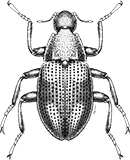
Coleoptera
“Adult Beetles”

Coleoptera
“Larval Beetles”

Diptera
“True Flies”

Ephemeroptera
“Mayflies”

Hemiptera
“True Bugs”

Lepidoptera
“Aquatic Caterpillars, Snout Moths”

Megaloptera
“Alderflies, Dobsonflies, and Fishflies”
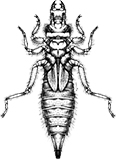
Odonata
“Dragonflies and Damselflies”

Plecoptera
“Stoneflies”

Trichoptera
“Caddisflies”
family
Elmidae
Optioservus
“Riffle Beetles”
Genus Overview
This is a widespread genus with 13(15) North American species (including formally Promoresia). Larvae and adults live in fast and slow portions of streams, clinging to substrate. Adults are collectors-gatherers of fine organic particles.
Characteristics
POLLUTION TOLERANCE
Southeast: 2.7 and higher
Upper Midwest: 4 and higher
Midwest: 2.75 and higher
Mid-Atlantic: 4 and higher
0 = least tolerant, 10 = most tolerant
FEEDING HABITS
Collector / Gatherer
MOVEMENT
Clinger
DISTRIBUTION
Widespread (east of the Rocky Mtns.)
HABITAT
Lotic-depositional
Lotic-erosional
Lotic-erosional
Diagnostic Characters
order
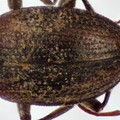
Elytra
family
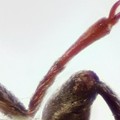
5-Segmented Tarsi
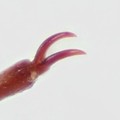
Big Claws

Last Tarsal Segment
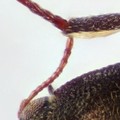
Thread-like Antennae
genus
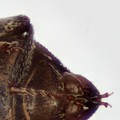
Epipleura
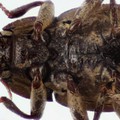
Prosternal Process
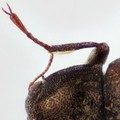
Tomentum of tibia
+ Expanded Character List
Order:
Adults with hardened forewings (elytra) covering the hind wings.
Family:
Terminal segment of each antenna no longer than combined length of 2 preceding segments; antennae thread-like. Elytra concealing entire abdomen or exposing only part of 1 tergite. Each leg with 5 tarsal segments, last tarsal segment about as long as other segments combined and with big claws. Abdomen with 5 visible segments.
Genus:
Antennae filiform, 10-11 segmented. Pronotum with lateral serrations, small teeth on basal margin, and short longitudinal basal carinae. Foretibiae each with fringe of tomentum. Tarsal claws not unusually long or prominent. Hind coxae transverse. Pair of teeth arising from lateral margins of abdominal sternum IV clasping their respective epipleura of the elytra. Posterior margin of prosternum process narrower than head.
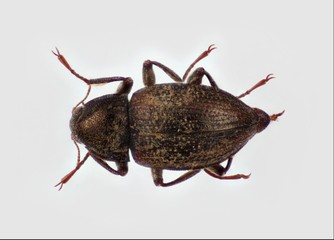
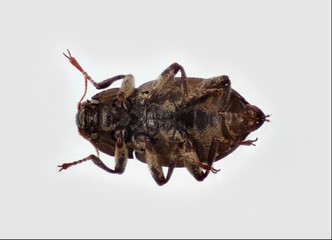
Dorsal
Ventral



